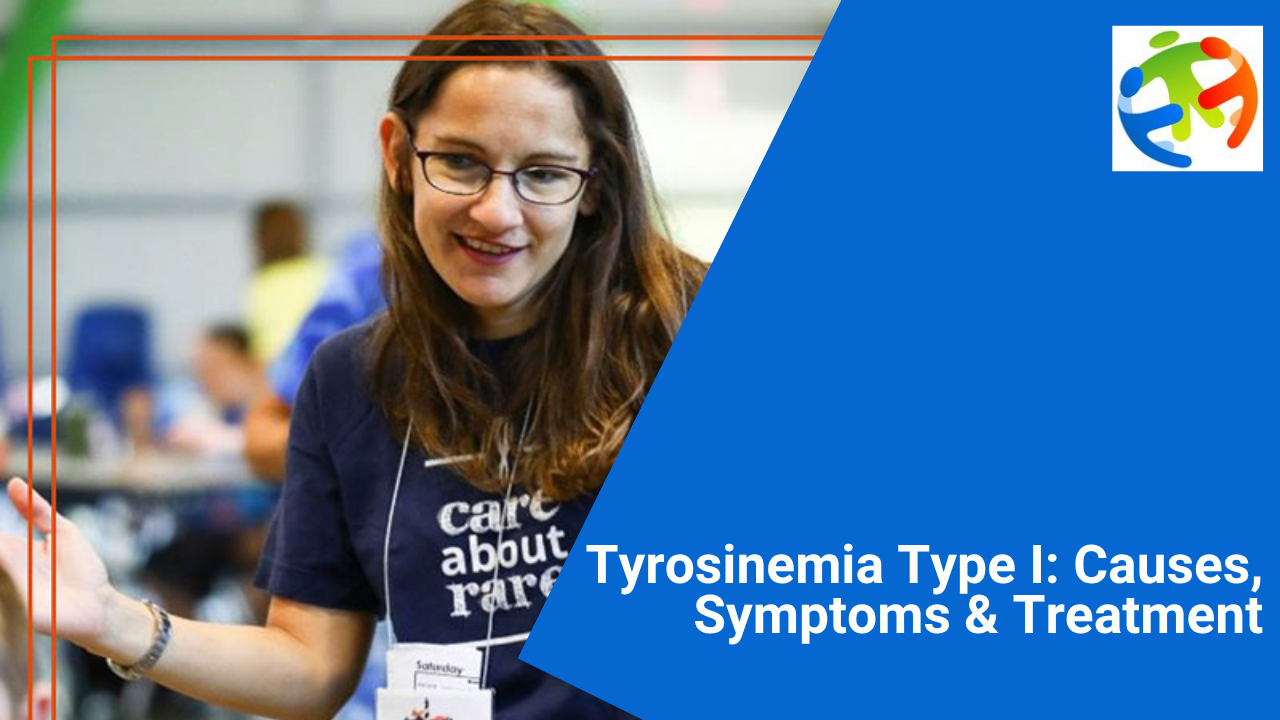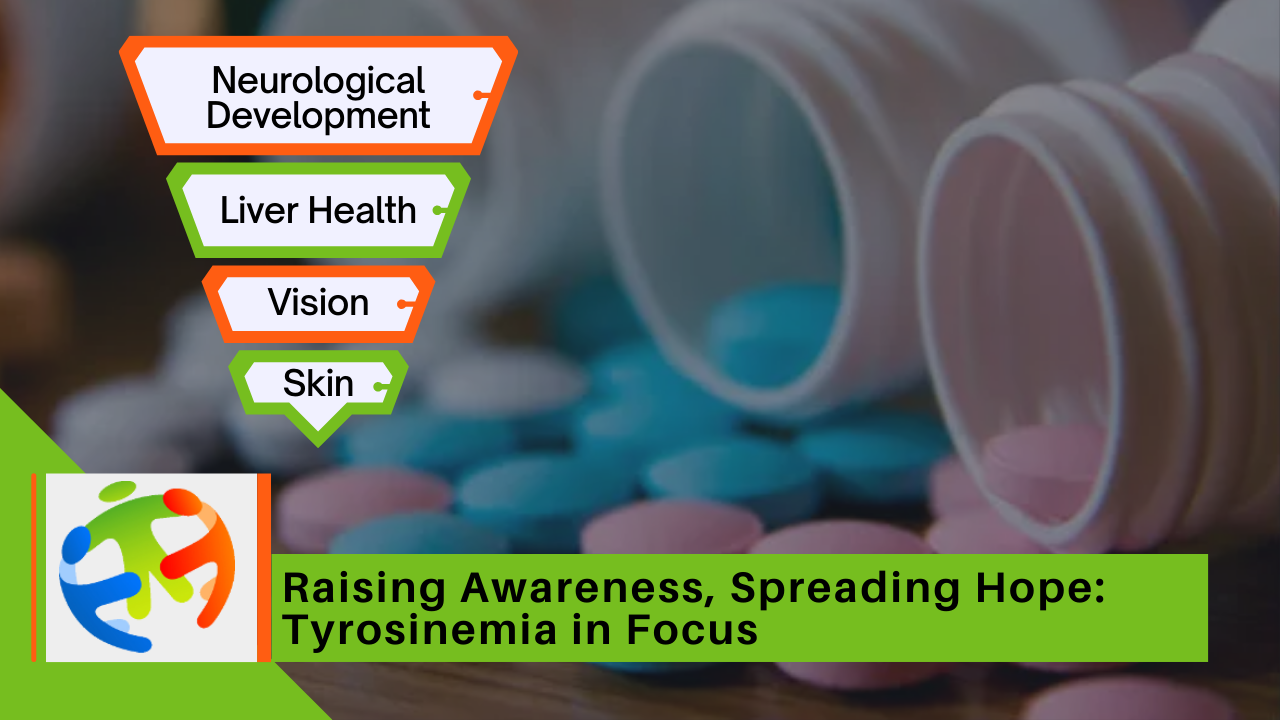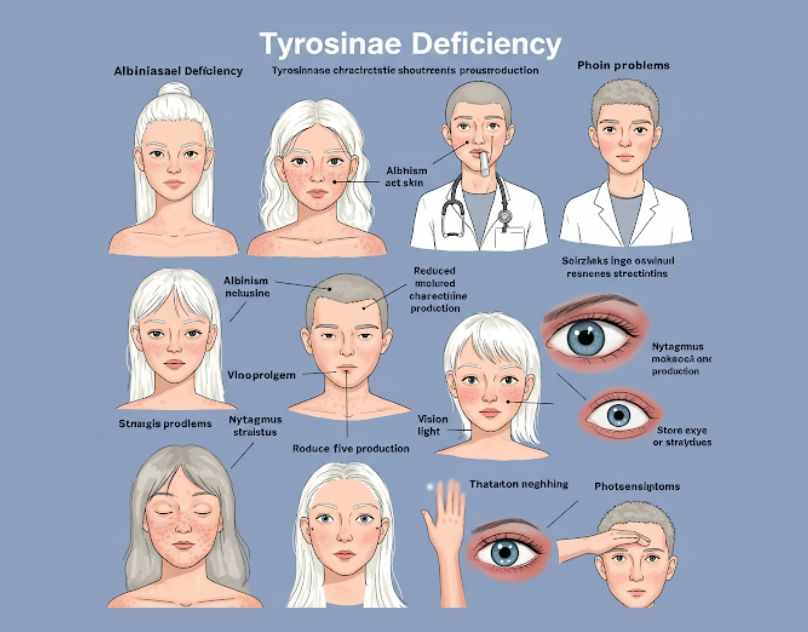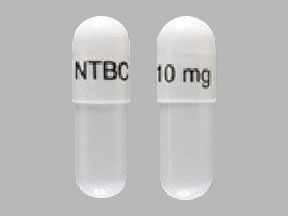
Tyrosinemia Type I is an inherited condition in which the body cannot fully break down the amino acid tyrosine because of a missing or faulty enzyme (fumarylacetoacetate hydrolase, FAH). That enzyme block causes a path-specific toxic chemical — succinylacetone — to build up and damage the liver and kidneys; babies often show early signs such as jaundice, poor growth, or unusual bleeding, and doctors can confirm the condition by finding succinylacetone on newborn screening or follow-up tests. Today, early treatment with the medicine nitisinone plus a low-tyrosine/low-phenylalanine diet can prevent much of the damage and dramatically improve outcomes, while liver transplant is reserved for severe progressive disease.
What is Tyrosinemia Type I?
Put simply, it’s a genetic metabolic disorder that affects how the body processes part of the protein from food. The missing FAH enzyme means certain breakdown products aren’t cleared — and those substances harm the liver and kidneys if left unchecked. This short explanation is the same idea covered in the anchor paragraph and lets you refer back to it as we discuss symptoms and treatment.
Why the enzyme defect matters (in everyday language)
Think of the tyrosine breakdown pathway as a factory line. If the last machine (FAH) breaks down, intermediate products pile up and start leaking into other systems. One of those leaked products, succinylacetone, is particularly harmful to liver cells and kidney tubules — that’s why early detection and stopping production upstream (with nitisinone) is so helpful.
Signs parents should watch for (red flags)
Because the liver is affected early, babies may show: persistent jaundice (yellow skin/eyes), pale stools, poor weight gain, easy bruising or bleeding, and sometimes a distinctive odor. Some infants also develop kidney problems that cause urine changes and poor growth. If you notice these, tell your pediatrician — early action is important.
How doctors diagnose it (what to expect)
Most reliable detection comes from finding succinylacetone on a newborn blood spot or in urine — this is the specific marker for Tyrosinemia Type I. If the screen is positive, doctors order confirmatory blood/urine tests and genetic testing of the FAH gene. Because newborn screening programs now use succinylacetone in many places, more babies are being identified before symptoms appear — and that early window matters.
Treatment today — practical family view
The core treatment is nitisinone (NTBC), a medication that blocks formation of the toxic byproducts upstream so succinylacetone doesn’t accumulate. Families also follow a low-tyrosine/low-phenylalanine diet prescribed by a metabolic dietitian; regular medical follow-up checks growth, liver tests, and alpha-fetoprotein to watch for liver cancer. If liver failure or cancer develops despite treatment, transplant can be lifesaving. Starting therapy early gives the best chance for a normal life.
Life after diagnosis — everyday concerns
Many children diagnosed early do well but need ongoing monitoring: blood tests, diet support, developmental checks, and eye exams (because higher tyrosine levels can affect vision). Families often ask about school, travel, and sports — most children can attend school and be active with routine care and emergency plans in place. Your metabolic clinic will give tailored guidance.
Where to find help & resources
Reliable clinical information and support matter. The PatientWorthy article you shared highlights how parents often find limited, scattered resources and encourages community building for support. For medical guidance, national newborn screening pages, GeneReviews, clinical guidelines, and metabolic centers are good starting points; for peer support, patient groups and rare-disease communities can help connect families.
Takeaway — one final reassurance
If your baby is diagnosed with Tyrosinemia Type I, remember: early diagnosis changed the outlook for this condition. The chain of facts in the opening paragraph — what it is, why it’s harmful, how it’s detected, and how it’s treated — is your roadmap. With nitisinone, diet support, and a caring medical team, many families find manageable treatment paths and hope for their child’s future.











Write a comment ...